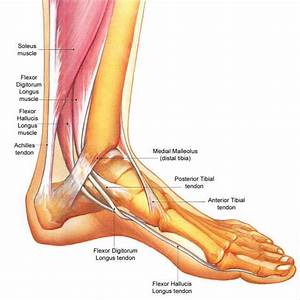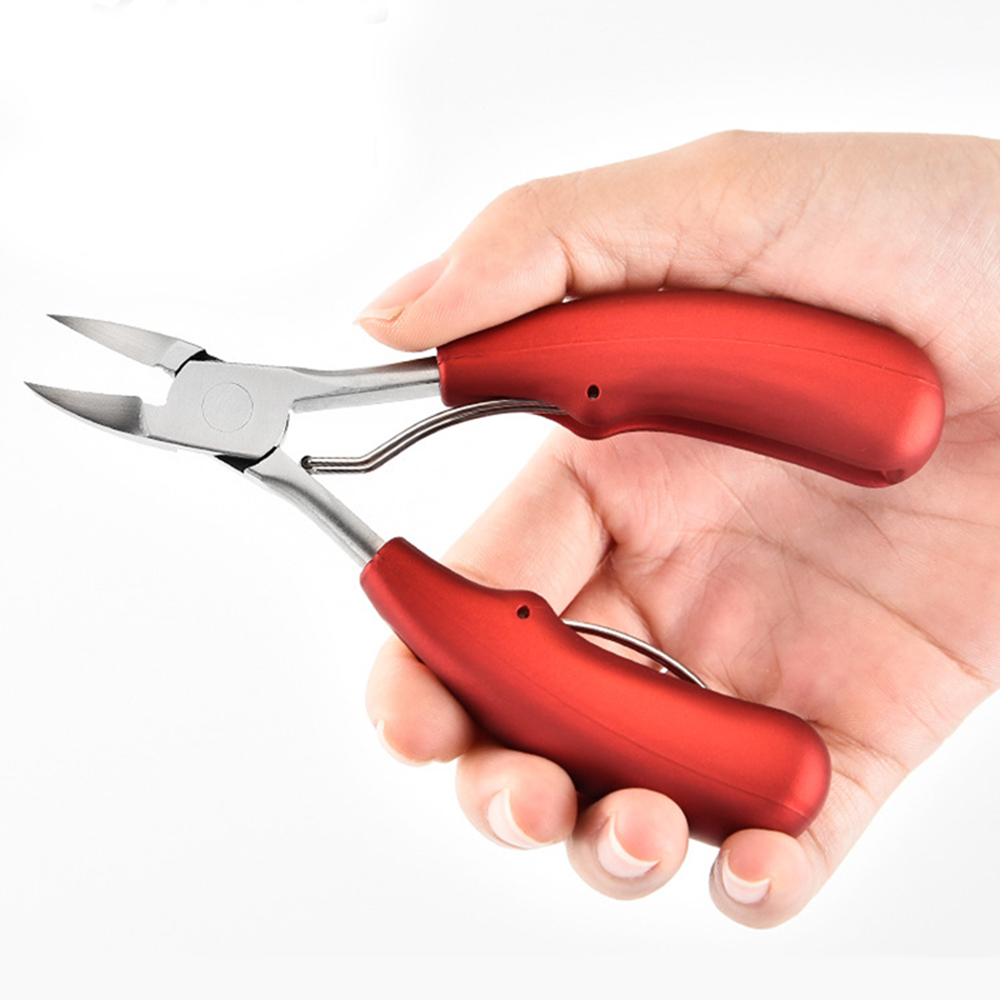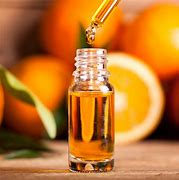Itching Skin on the Feet





Itching Skin on the Feet
Itching skin is very common. It can be caused by a numb er of things, including certain medications, changes in the blood flow, infections, parasites, allergic reactions, and skin conditions (such as eczema and psoriasis). Most commonly, itching skin of the feet is caused by athlete's foot or, simply, dryness.
Eczema
Eczema is a condition where dry, itchy patches of skin form on the lower legs or feet. Outbreaks are sometimes also found on the trunk or arms as well. There are a few different forms of eczema, each with its own unique characteristics. The skin lesions may be caused by allergic reactions, nutritional deficiencies, hereditary factors, or circulation changes.
Treatment is dependent on which type of eczema is present. For this reason, you should see a doctor if you think you have eczema
Psoriasis
Psoriasis is a hereditary skin disorder that causes skin lesions, swelling, and arthritis. It appears as itchy patches of silvery scales on the elbows, scalp, forearms, back, hands, or feet. It can make wearing shoes and socks uncomfortable and even painful. While 75 percent of those with psoriasis are affected at an early age, 25 percent do not see symptoms until age fifty or later.
Allergic Reactions
Allergic reactions can cause itching, redness, hives, bumps, and blisters. The most common cause of allergic reactions on the skin of the feet are new shoes, new socks, new laundry detergent, or a bandage. In fact, a good indication of an allergic reaction is that often the irritated area has the shape of whatever caused the reaction, such as straps from a sandal. Leather is not usually an allergen, but shoe leather may contain other materials, such as synthetics, dyes, or adhesives, that do cause allergic reactions.
Many socks contain synthetic elastic fibres that can cause or contribute to rashes. Latex and other synthetic rubbers are highly allergenic for some people. In addition to what people put over their feet, what they put on their feet can also trigger or contribute to allergic reactions. Adhesives found in tapes or bandages are allergens for some. And some people are allergic to creams, lotions, powders, and even topical antibiotics. Of special concern are over-the-counter corn and callus treatments. In people with poor circulation, diabetes, or numbness, these treatments can cause severe skin reactions.
Sometimes allergens get on the skin unintentionally. People who are allergic to plants such as poison ivy and poison oak should wash off any oily residue with soap and water as quickly as possible in order to minimize the severity of the skin reaction.
Parasite infestations can be intensly itchy, especially at night. The parasite burrows under the skin leaving a curved track that can be seen in the itching area. Sometimes ther are small blisters present as well. Norwegian or keratotic scabies can produce white scales under and around the toenails and then spread to the surrounding skin. Suspected parasite infestations should be diagnosed and treated by a physician.
Articles - Latest
- A yoga teacher says this five-minute stretch is all you need to maintain flexibility in your spine
- Can't do a deep squat? Use this coach's four-step plan
- 6 Reasons Your Feet Are So Itchy
- Surprising Benefits of Using Bay Leaves on Your Feet
- I run 50 miles a week and this is my go-to 20-minute yoga-for-runners workout to boost my flexibility
- How to do hanging leg raises with perfect form, according to trainers
- The two exercises everyone should add to their strength workouts to see results, according to an expert trainer
- 1 year of heavy strength training could offer 4 years of benefits, study suggests
- Research Has Unveiled How Many Sets You Need to Do to Build Muscle
- I did 50 frog crunches every day for a week — here's what happened to my abs
- 10 physio-approved exercises for runners that will help you build strength and mobility
- Forget sit-ups — this 3-move standing ab workout chisels your abs and obliques
- What to do when plantar fasciitis is so bad you can't walk
- Five exercises better than side bends to sculpt strong obliques
- Forget Russian Twists — this 10-minute stability ball workout targets your abs and glutes
- Professor explains how we are all doing one exercise wrong and it is causing us pain
- Supplies, Description, and Usage - Tech Nails-2
- Supplies, Description, and Usage - Tech Nails
- Exercises for Plantar Fasciitis
- Shoes, insoles and splints: Cushioning and support - Plantar fasciitis
- 10 best bum workouts and 25 bum exercises for a 🍑'ier butt
- The dos and don’ts of running when you’re over 40
- This 30-minute workout can be done from just about anywhere
- I teach stretching routines for a living — 3 exercises that strengthen your hips and open your hamstrings
- Somatic exercise has gone viral promising to lower cortisol levels, ease stress, and boost health - so, does it actually work?
Articles-Popular
- Home
- Calluses and Corns-4-Padding and Insoles To relieve Pressure
- Add Muscle, Build Stamina and Fire up Your Metabolism with Our Three-Move Strongman Circuit
- The two exercises everyone should add to their strength workouts to see results, according to an expert trainer
- Appreciate Your Feet
- Contacts
- Therapy Price List- Aromatherapy - Counselling
- WEB - LINKS
- The Awareness of Foot Care
- Nail Technician Resume
- Join us as a Therapist
- Blisters on the Feet
- Skin Care-Feet
- Galleries
- TCM - Therapy Prices
- Podiatry/Chiropody Price List
- Bacterial Infections
- Nail Technician Job Description
- Itching Skin on the Feet
- Athlete's Foot
- Sweaty or Smelly Feet
- Gallery - Pedicured Feet
- Appointments
- Calluses and Corns - 2
- Skin Changes Associated with Blood Flow





